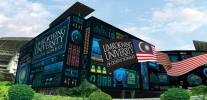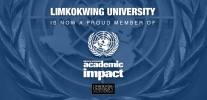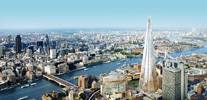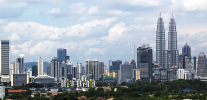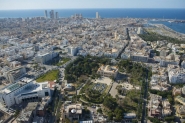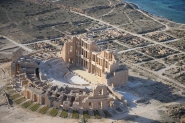 Photo Credit: photo.sf.co.ua/id189
Photo Credit: photo.sf.co.ua/id189
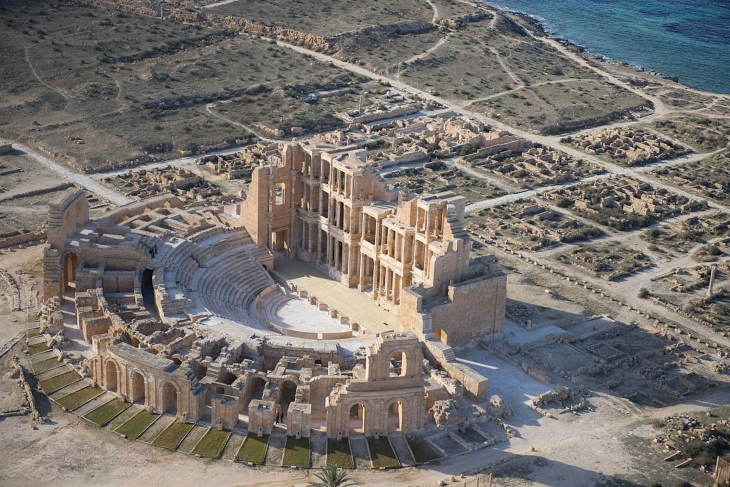 Photo Credit: photo.sf.co.ua/id189
Photo Credit: photo.sf.co.ua/id189
Libya is located on the coast of North Africa bordered by the Mediterranean Sea to the north, Egypt to the east, Sudan to the southeast, Chad and Niger to the south, and Algeria and Tunisia to the west.
The country has three traditional parts namely: Tripolitania, Fezzan and Cyrenaica. Libya is the fourth largest country in Africa and the 17th largest in the world with the Sahara desert engulfing over 90% of it.
Tripoli is the capital and largest city of Libya with a population of over 1.2 million. It is also one of the best tourist destinations in Libya. Every corner of the cosmopolitan city resonates with a different period in history. Situated in the northwestern side of the country, the capital is a host to a 16th century Spanish castle, 18th century Karamanli and 19th century Gurgi mosque.
Benghazi is Libya’s second largest city. It was formerly the capital of Libya along with Tripoli; this has brought about real head-ways in the progress of the city. Benghazi is presently the capital of the area of Cyrenaica and contends with Tripoli in a considerable measure of business viewpoints.
The North African country has the 10th largest proven oil reserves in the world. Oil contributes about 95% of export earnings, 25% of GDP, and 80% of government revenue.
Nearly 98% of Libyans consider themselves as Arabs although there is a strong Berber influence in the population. About 3% are small communities of Greeks, Maltese, Italians, Tunisians, Egyptians and Turks. The main language spoken in Libya is Arabic, which is also the official language
Cultural tourism is Libya’s biggest draw as a tourist destination. It has five UNESCO World Heritage Sites, three of which are classical ruins. Home to the Mediterranean’s richest hoard of Roman and Greek cities; Sabratha, Cyrene and Leptis Magna are places where history comes alive through the extraordinary monuments on its shores.
The old port of Sabratha was set up by the Phoenicians in 500 BC. Rome took control in the second and third centuries AD and revamped the site. What is left of Sabratha is a 3 storey theatre from the late 3rd century and a few sanctuaries. A few antiquities from Sabratha were carried to the national exhibition hall in Tripoli.
Cyrene is the most seasoned and most paramount of all Greek urban communities in Libya. The archaeological site has a few remarkable structures incorporating differentiate sanctuaries for Apollo, Demeter, and Zeus.
Leptis Magna was the biggest city of old Rome in Libya. Magna was established in tenth century BC by Phoenicians and later turned into a Punic city. Ancient rarities recouped from Leptis Magna are on presentation. The city attracts hundreds of tourists every year and is one the top ten tourist places in the country.



